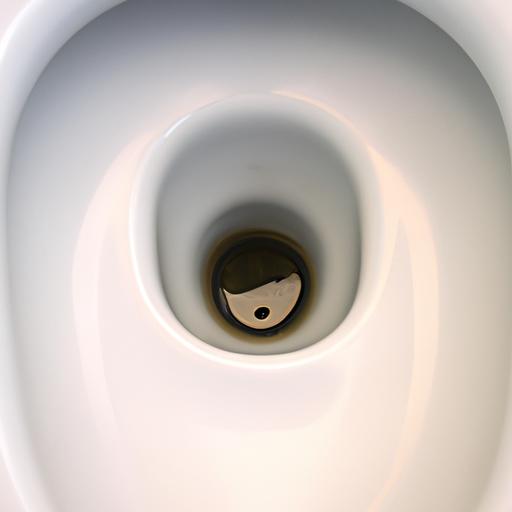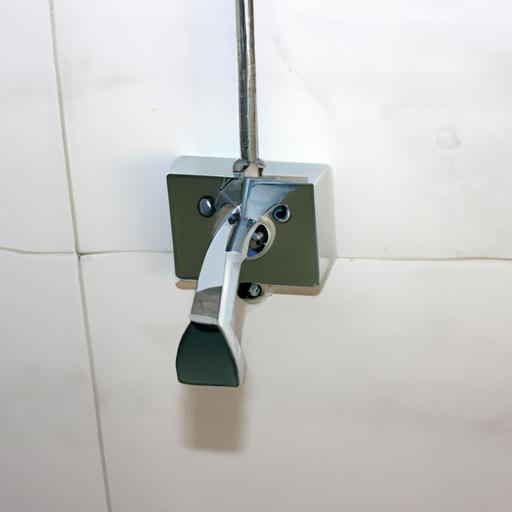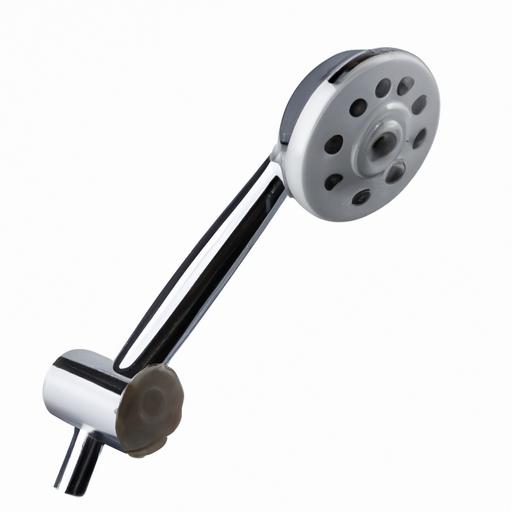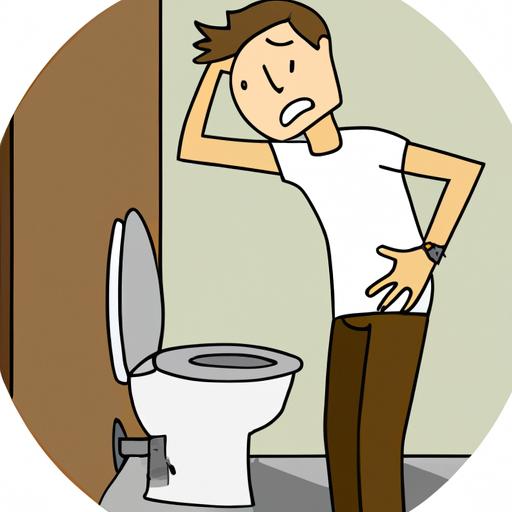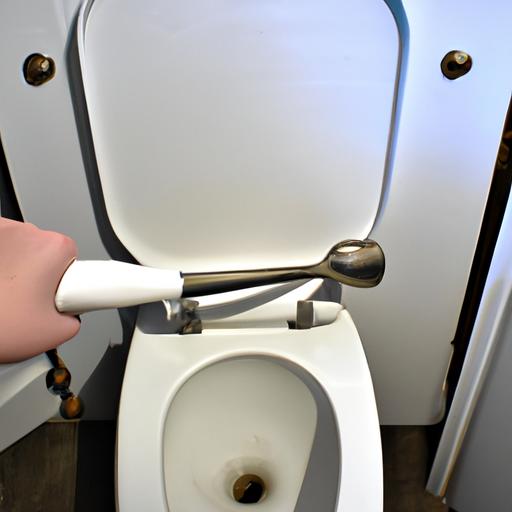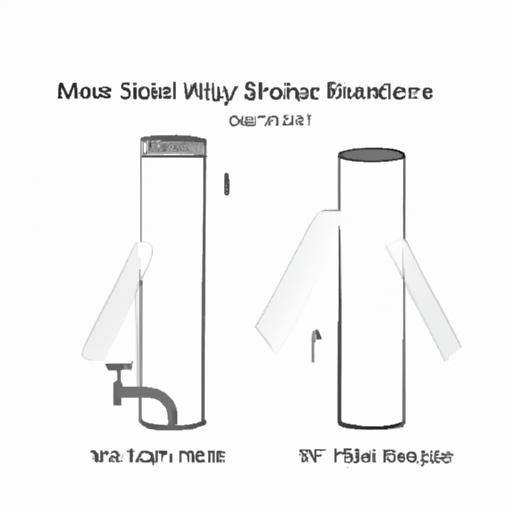Have you ever been startled by a high-pitched whistling sound coming from your toilet? It’s not only annoying but can also be a sign of underlying issues that require your attention. In this article, plumbingrepairtips.com will dive into the common causes of toilet whistling sound, how to diagnose the problem, and effective solutions to resolve it. So, let’s get started and put an end to that unsettling whistling sound!
A. Understanding the Toilet Whistling Sound Issue

Toilet whistling sound is a common problem that occurs when there is an obstruction or malfunction in the various components of your toilet. It typically manifests as a high-pitched noise that occurs during or after flushing. Understanding the underlying causes can help you identify and address the issue promptly.
B. Importance of Resolving Toilet Whistling Sound Problems
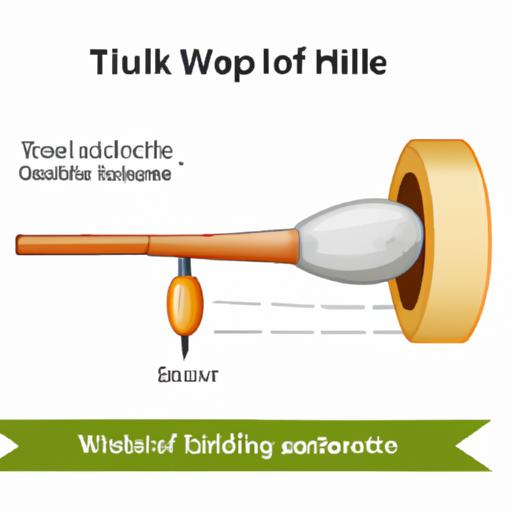
You might be wondering, why is it crucial to address the whistling sound in your toilet? Well, apart from the obvious annoyance, it could be an indication of more significant plumbing issues. Ignoring the problem can lead to leaks, water damage, and even higher utility bills. Therefore, it’s essential to tackle the whistling sound head-on to prevent further complications down the line.
C. Overview of the Article
In this comprehensive guide, we will explore the common causes of toilet whistling sound and provide practical solutions to fix the problem. We’ll also cover preventive measures to ensure you don’t encounter this issue in the future. By the end of this article, you’ll have the knowledge and tools to troubleshoot and resolve toilet whistling sound issues effectively.
Stay tuned for the upcoming sections, where we will delve into the various causes of toilet whistling sound, provide step-by-step instructions on diagnosing the problem, and offer proven solutions to fix the issue. Don’t let that irritating sound linger any longer – let’s get to the root of the problem and restore peace to your bathroom!
Common Causes of Toilet Whistling Sound
If you’ve been wondering what could be causing that pesky whistling sound in your toilet, here are some common culprits to consider:
A. Faulty Fill Valve
The fill valve is responsible for regulating the water level in your toilet tank after each flush. When the fill valve is faulty or worn out, it can create a whistling sound as water passes through it. This could be due to a worn-out seal or a defective float. Replacing the fill valve is often the best solution to eliminate the whistling sound.
B. High Water Pressure
Excessively high water pressure can lead to various plumbing issues, including a whistling sound in your toilet. When the water pressure is too high, it can create turbulence and cause the water to rush through the pipes, resulting in a whistling sound. Installing a pressure regulator or adjusting the water pressure at the main valve can help alleviate this problem.
C. Clogged or Damaged Water Supply Lines
Clogs or damage in the water supply lines can obstruct the flow of water, leading to a whistling sound. Mineral deposits or debris can accumulate over time and restrict the water flow, causing turbulence and resulting in the whistling noise. Cleaning or replacing the water supply lines can often resolve this issue.
D. Malfunctioning Flush Valve
The flush valve is responsible for releasing water from the toilet tank into the bowl during flushing. If the flush valve is not functioning correctly, it can create a whistling sound as water flows through it. Inspecting and repairing or replacing the flush valve can help eliminate the whistling noise.
E. Faulty Ballcock Assembly
The ballcock assembly, also known as the fill valve assembly, controls the water flow into the toilet tank. When this assembly becomes faulty or worn out, it can cause a whistling sound as water passes through it. Replacing the ballcock assembly is often necessary to resolve the whistling sound issue.
Identifying the specific cause of the whistling sound in your toilet is crucial for effective troubleshooting. By understanding these common causes, you can take the necessary steps to rectify the problem and restore tranquility to your bathroom.
How to Diagnose the Toilet Whistling Sound
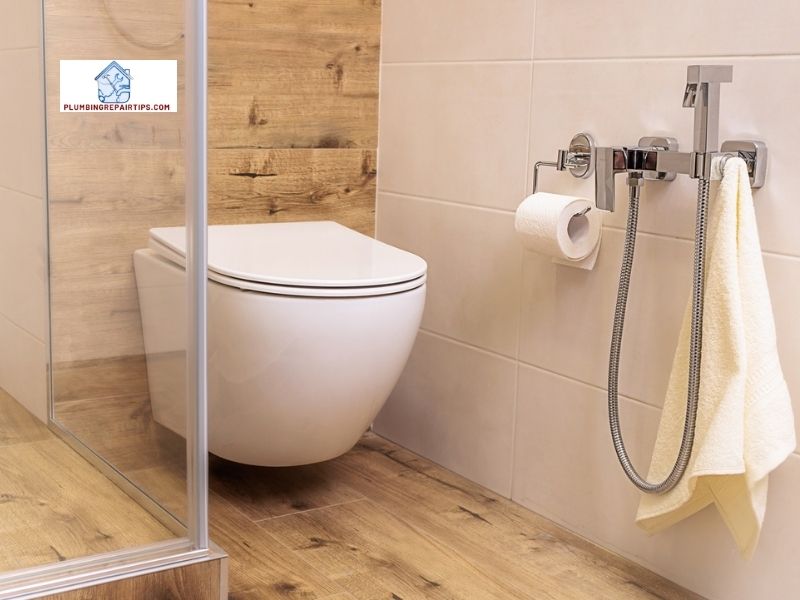
Is your toilet emitting a persistent whistling sound? Don’t fret! Diagnosing the source of the problem is the first step towards resolving it. By following these simple steps, you can pinpoint the exact cause of the whistling sound and take appropriate measures to fix it.
A. Observing the Toilet Whistling Sound
To start, pay close attention to the whistling sound and try to identify when it occurs. Does it happen during or after flushing? Is the sound continuous or intermittent? By observing these details, you can narrow down potential causes and better communicate the issue if you need professional assistance.
B. Checking for Water Pressure Irregularities
Irregular water pressure can contribute to toilet whistling sounds. Begin by examining other faucets and fixtures in your home. Do they experience similar pressure issues? If not, the problem may be isolated to your toilet. In such cases, it’s crucial to inspect the water supply lines and valves specific to the toilet.
C. Inspecting the Fill Valve and Flush Valve
The fill valve and flush valve are critical components responsible for regulating water flow in your toilet. A malfunctioning fill valve can lead to improper water levels, resulting in a whistling sound. Similarly, a faulty flush valve can cause irregularities during flushing. Carefully examine these valves for any signs of damage, wear, or misalignment.
D. Examining the Water Supply Lines
Clogged or damaged water supply lines can also contribute to the whistling sound. Inspect the lines for any blockages or leaks that may impede the smooth flow of water. Additionally, ensure the lines are securely connected to the toilet and there are no loose fittings.
By systematically observing the toilet whistling sound, checking for water pressure irregularities, inspecting the fill valve and flush valve, and examining the water supply lines, you can gather valuable information to identify the root cause of the problem. With this knowledge in hand, you’ll be well-prepared to proceed with the appropriate fixes outlined in the upcoming sections.
Fixing Toilet Whistling Sound Issues
Is that whistling sound driving you up the wall? Fear not, as there are several effective solutions to fix the annoying noise coming from your toilet. Let’s explore some practical ways to resolve the toilet whistling sound problem:
A. Adjusting the Fill Valve
One of the common culprits behind the whistling sound is a faulty fill valve. To address this issue, start by locating the fill valve, usually found on the left side of the toilet tank. Gradually turn the adjustment screw clockwise to reduce the water flow and minimize the whistling sound. Conversely, if the sound persists, try turning the screw counterclockwise to increase the water flow. Experiment with different adjustments until you find the sweet spot that eliminates the whistling sound.
B. Regulating Water Pressure
Excessively high water pressure can also contribute to the whistling sound in your toilet. To regulate the water pressure, locate the main shut-off valve and adjust it slightly to decrease the water pressure. This adjustment can be made clockwise to decrease the pressure or counterclockwise to increase it. Finding the right balance is crucial to alleviate the whistling sound while maintaining adequate water pressure for your needs.
C. Clearing Clogged Water Supply Lines
Clogged water supply lines can impede the smooth flow of water, leading to a whistling sound. To clear any blockages, turn off the water supply to the toilet and disconnect the water supply line. Use a bucket to catch any excess water and flush the supply line with clean water to remove any debris or sediment buildup. Reconnect the supply line and turn on the water to check if the whistling sound has subsided.
D. Replacing Damaged Water Supply Lines
If your water supply lines are damaged or old, they can contribute to the whistling sound. Inspect the lines for any cracks, leaks, or signs of deterioration. If necessary, replace the damaged supply lines with new ones to ensure proper water flow and eliminate the whistling noise.
E. Repairing or Replacing the Flush Valve
A malfunctioning flush valve can also be responsible for the whistling sound. Inspect the flush valve for any signs of wear or damage. Depending on the severity of the issue, you may be able to repair the flush valve by replacing faulty components. If repair is not possible, consider replacing the entire flush valve to resolve the whistling sound.
F. Fixing the Ballcock Assembly
The ballcock assembly, responsible for regulating the water level in the tank, can contribute to the whistling sound if it is faulty. Inspect the ballcock assembly for any defects or malfunctions. If necessary, repair or replace the assembly to restore proper functionality and eliminate the whistling noise.
By following these step-by-step solutions, you can effectively address the toilet whistling sound and enjoy a peaceful bathroom experience once again. Remember, if you’re unsure or uncomfortable with performing these repairs yourself, it’s always best to consult a professional plumber for assistance.
Conclusion
In conclusion, the whistling sound coming from your toilet can be a bothersome issue, but with the right knowledge and steps, you can resolve it effectively. Understanding the causes, such as a faulty fill valve, high water pressure, clogged water supply lines, malfunctioning flush valve, or a faulty ballcock assembly, is crucial in diagnosing the problem accurately.
By following the steps outlined in this article, you can effectively diagnose and fix the whistling sound issue in your toilet. Adjusting the fill valve, regulating water pressure, clearing clogged supply lines, repairing or replacing faulty components, and being mindful of your flushing habits are all practical solutions to address the problem.
However, prevention is always better than a cure. To avoid encountering toilet whistling sound problems in the future, it is recommended to regularly inspect and clean your toilet components, check and regulate water pressure, and be mindful of your flushing habits. Additionally, seeking professional plumbing maintenance on a periodic basis can help identify and address any potential issues proactively.
Remember, prompt action is key when it comes to resolving toilet whistling sound problems. By taking the necessary steps outlined in this article, you can restore peace and tranquility to your bathroom. For more expert plumbing tips and guidance, visit plumbingrepairtips.com. Don’t let that annoying whistling sound persist any longer – take control today and enjoy a fully functional and quiet toilet experience.
